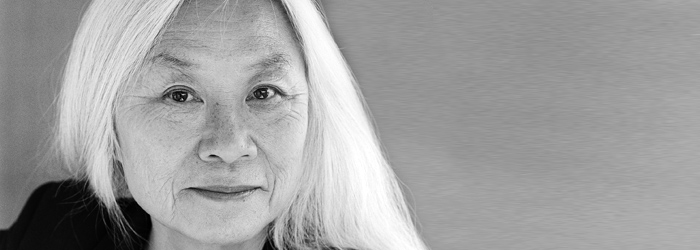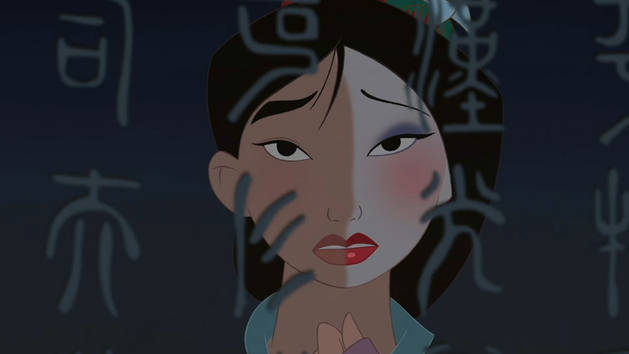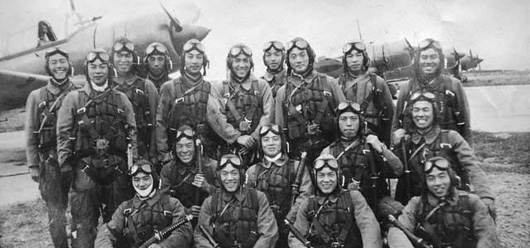映画: Movies
My Sunday was planned to be free all day, thanks to the relatively little
amount of homework I was assigned on Friday, so I decided to watch the 2013 movie
portrayal of The Great Gatsby. Of
course, I had my comments, so I’ll just share them in chronological order.
(This is going to be a long post – sorry)
The movie started out the same way that the book did – with Nick Carraway’s
narrating voice: “In my younger and more vulnerable years…” (1). It immediately
tied the movie very closely to the book, and the rest of the film did not
disappoint in that regard. What struck me about that scene in the movie though,
was how old and tired Nick sounded. And it occurred to me that this was
possibly Nick recounting the story decades after it happened. But once the
sanitarium came into view, it came to no surprise to me when Nick’s face appeared
still young shortly afterwards – the memory clearly haunted him immensely. The movie
made it seem that Nick was extremely effected by what happened, aging him
decades in only a short period of time, while the book kind of plays off a sort
of cool indifference on his part, especially during his encounter with Tom
Buchanan years after everything happened.
Also, let’s take a moment now to appreciate this particular doctor’s
handwriting, while still flowery, maintains a semblance of legibility.
Then, we enter Nick’s flashback to the very beginning of his New York adventures.
But where the book contained archaic writing, the movie was able to portray the
liveliness and magic of the “Roaring Twenties” with the old timey videos and
energetic music. And the way Nick said “East Egg” really made it sound like a
magical fairytale land – which, of course, we know, is not.
And then, Nick visits the Buchanan residence.
But first, Tom’s mustache.
OK, now that we have that out of the way, on to the magical quality of
Tom and Daisy Buchanan’s majestic home. It’s definitely a sight to behold, what
with the light filtering in through flowy curtains and hundreds of servants who
seem to be dancing in sync.
Also, why is Jordan so tall? She literally looks like a giant next to
Nick.
The next part is one of my favorites in the entire movie, because YASSSS pretty
music. Please listen to it while you read the rest of my post (I’m listening to
it while I’m writing this post). Not only will it make me immensely happy
(because I probably wasted too much time looking for this on the Internet and
will have something to show for it), you will be better for it, too. I swear,
pretty music is good for you. (link here)
Next, on to the Valley of Ashes. It is almost literally a mass of gray – gray
skies, gray buildings, gray people. Doctor T.J. Eckleburg is basically the only
hint of color in the Valley of Ashes. This large pair of eyes was compared to
the eyes of God almost in the very beginning of the movie, and alluded to many
more times in the film, while in the book, Wilson only commented that “God sees everything” (126) after Myrtle’s death. The large billboard itself also appears many times in the
film, which makes it seem like a more emphasized symbol than it was in the
novel. And that’s due to the nature of the two mediums – unless something is
stated in a book, either implicitly or explicitly, it doesn’t exist, but as
long as the camera is able to pan over a landscape in a movie, everything
exists.
Gatsby’s parties!
They look absolutely crazy, something you wouldn’t be
able to tell from the, once again, archaic writing of the novel. Of course,
that’s not Fitzgerald’s fault, as it was the writing style of the time, but
just the movie’s merit. So many things can’t be captured by just words on a
page, such as the rhyme in “Broadway directors, morality protectors, high
school defectors,” which wasn’t a part of the book but definitely adds to the
enchanting effect, or the irony in Jordan’s preference for large parties because
“they’re so intimate” (42) that you might have missed in the original if you
read too fast, or the morbid foreshadowing of the lyrics of the song playing
over the party: “a little party never killed nobody.” And of course, you’d
never be able to see Gatsby the way he was at the party, fireworks bursting behind,
glass held out in front, with as much vividness as the movie was able to
provide.
And Nick and Gatsby’s friendship is portrayed in the movie in a way the
book would never be able to. I love the part that Baz Luhrmann (the director) added
after Gatsby mentioned “the confidential sort of thing” (68); when Nick said
that inviting Daisy is just a favor, without compensation required, the smile
that appeared on Gatsby’s face was truly heartwarming. And the part when Nick
avoids answering Gatsby’s inquiry about whether the flowers were “too much.”
And when Nick came into the house and clanged the pan around the sink to get
Gatsby and Daisy’s attention. I’m really glad that Luhrmann decided to add
those little moments that weren’t part of the book in, as it develops their
relationship more.
And can we just take a moment to appreciate that Gatsby got his “old
sport” habit from Dan Cody? When I heard Dan Cody say “old sport” I was like
OMG!
There are also the hidden innuendos that either couldn’t have been
mentioned discretely in the book or just weren’t, such as the latin “ad fidelis finem” carved onto Gatsby’s
gate. A quick Google search told me that that meant “faithful to the end” –
definitely foreshadowing Gatsby’s “end.”
Also, swoosh, swoosh of the ladies' dresses. Too fancy.
And while we’re on that sophisticated
note, let me go crazy over music again. Listen please!! (link here)
The next scene was pretty intense, especially the whole thing with Gatsby
trying to get Daisy to tell Tom she never loved him. But when Tom counters with
his “I love Daisy, too,” I was almost convinced. And that’s the power of acting
– good actors can get into character so well, that you can’t not believe what
they’re saying. Of course, I experience this with books too, but I didn’t with The Great Gatsby. Of course, that may be
due to the time gap between me and Fitzgerald, messing communication up a bit,
but whatever the reason, the movie was a big help in that regard.
After Myrtle’s death, in front of the Buchanan’s house, I could see the
disgust for New York City and the people living in it form on Nick’s face – I
could see every step it took, I could see the final product, and I could feel
it.
And of course, the death of Gatsby. I’ll just let you read my notes for
that.
·
OMG
NO HE DOESN'T GET KILLED RIGHT AT THE CALL
·
THE
LAST THING HE SAYS IS DAISY
·
BLOOD
BLOOD EVERYWHEREEE
·
OH
THE PERSON WHO CALLED IS NICK
·
DAISY
DIDN’T EVEN CALL WHAT IS WRONG WITH HER I HATE HER AOIWEU AJFLIK
·
THEY
BLAMED EVERYTHING ON GATSBY
As you can probably tell, I was going through quite a few emotions while
watching that scene. And I felt a hatred for Daisy that didn’t quite form with
a reading of the book. And when Nick tried to call Daisy, I saw him looking
down the stairs at her. Looking down at her. Condemning her. And when he ran
down the stairs, yelling at everybody to “get the hell outta here!” I heard him
yelling at her.
The last passage of the novel – “borne back ceaselessly into the past”
(142) – was beautiful in and of itself. But there was a transcendence achieved
through hearing it read by Nick that my emotionless silent reading couldn’t get
even close to. It felt great to hear that last part being read aloud, and I
thank Tobey Maguire for that.
Lastly, I really enjoyed the movie’s addition of the doctor. It gave
context to Nick’s recount of his story, that he “wrote” Gatsby as a form of escape from traumatized memories, and in the
process, realized how great the man was.
And there’s my super lengthy (sorry!) comments on The Great Gatsby, the movie!
















































0 comments: